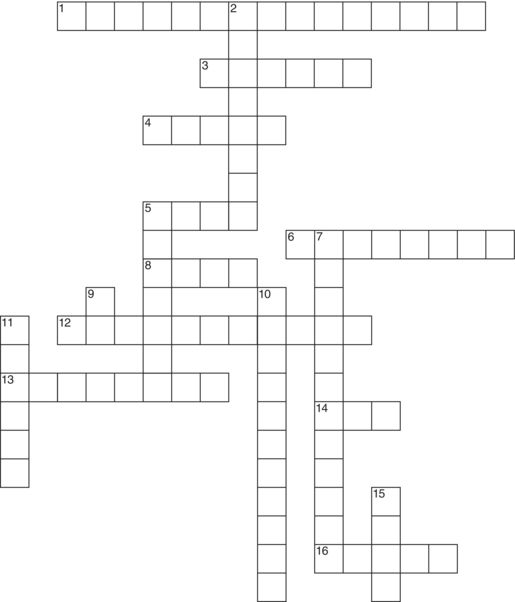37
Pediatric Polysomnography
LAREE FORDYCE
NOTE: This chapter corresponds to Chapter 43 in Fundamentals of Sleep Technology, 2nd edition.
1. The technique that familiarizes patients to the sleep center experience is referred to as:
A. Visitation
B. Sensitization
C. Desensitization
D. Exposure
2. A 3-year-old child refuses the nasal cannula and thermistor during the hook-up portion of the polysomnography. What can a sleep technologist do to address this?
A. Run the study without nasal sensors
B. Discontinue the study and send the patient home
C. Start the study without sensors, but apply them once the child is asleep
D. Ignore the protest and forcibly apply the sensors
3. Precautions to assure safety for both staff and patients are essential in the sleep laboratory. Name four safety measures that are particularly important during a pediatric sleep study.
4. The American Academy of Sleep Medicine (AASM) recommends using the same technical specifications when performing adult and pediatric polysomnography. True or false?
5. Capnography is recommended when polysomnography is conducted to evaluate for sleep-disordered breathing in children. True or false?
6. In addition to video recording, which of the following should be documented during a pediatric polysomnography?
A. Body position
B. Behavior of the patient
C. Behavior of the parents
D. All of the above
7. Which of the following will help ensure a successful pediatric polysomnography? Identify all correct answers.
A. Preparing for the child and parent needs based on the patient’s age and development and special requests
B. Engaging both the child and parents in a family-centered approach
C. Understanding age-specific differences in the application of sensors
D. Replacing dislodged sensors only when the patient is awake
8. Polysomnography remains the gold standard test for diagnosing sleep-disordered breathing in children. True or false?
9. There are different criteria for acquiring polysomnographic data and scoring sleep stages in infants younger than 2 months of age and older children. True or false?
10. It is helpful to involve the patient’s family when performing a pediatric polysomnography. True or false?
CROSSWORD PUZZLE

ACROSS
1. What a sleep technologist might have to do before setting up a polysomnography (PSG) for a pediatric patient
2. Children with obstructive sleep apnea (OSA) may do poorly at this place.
Stay updated, free articles. Join our Telegram channel

Full access? Get Clinical Tree




